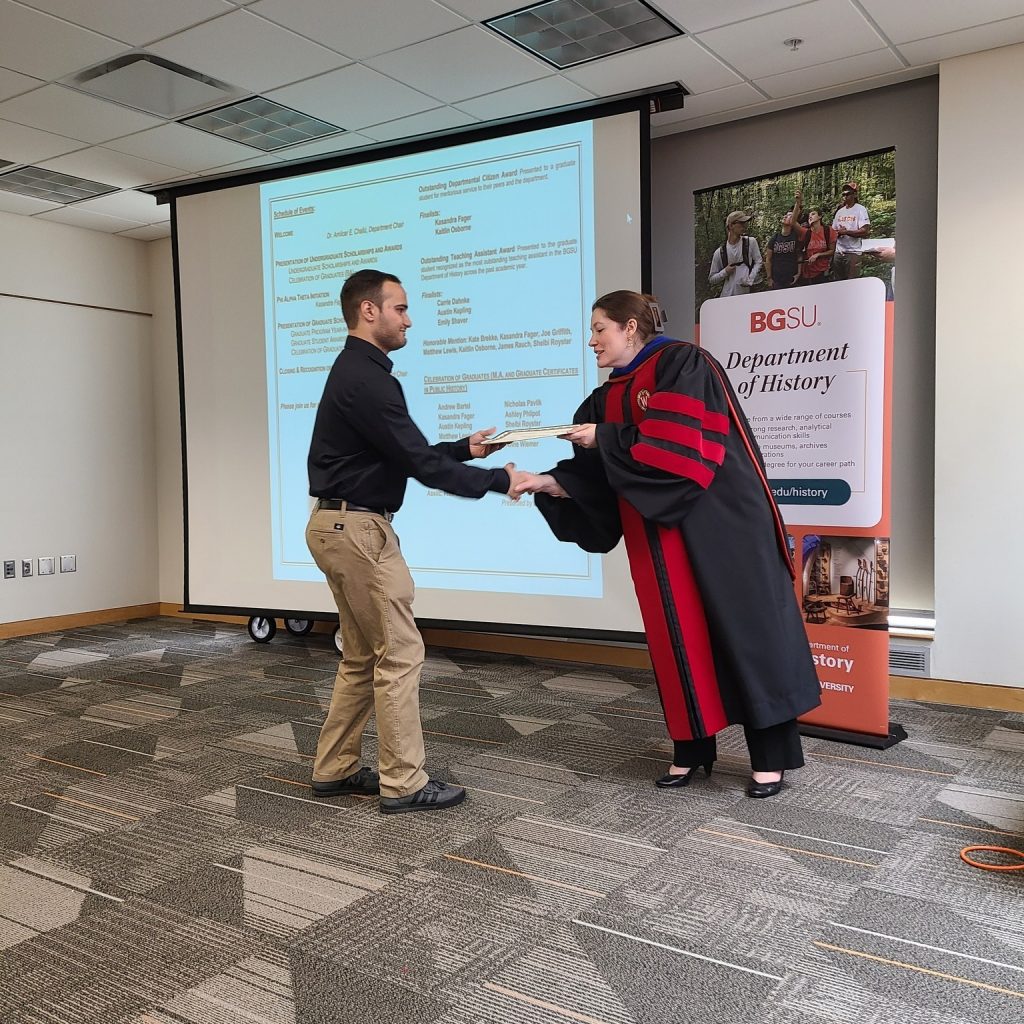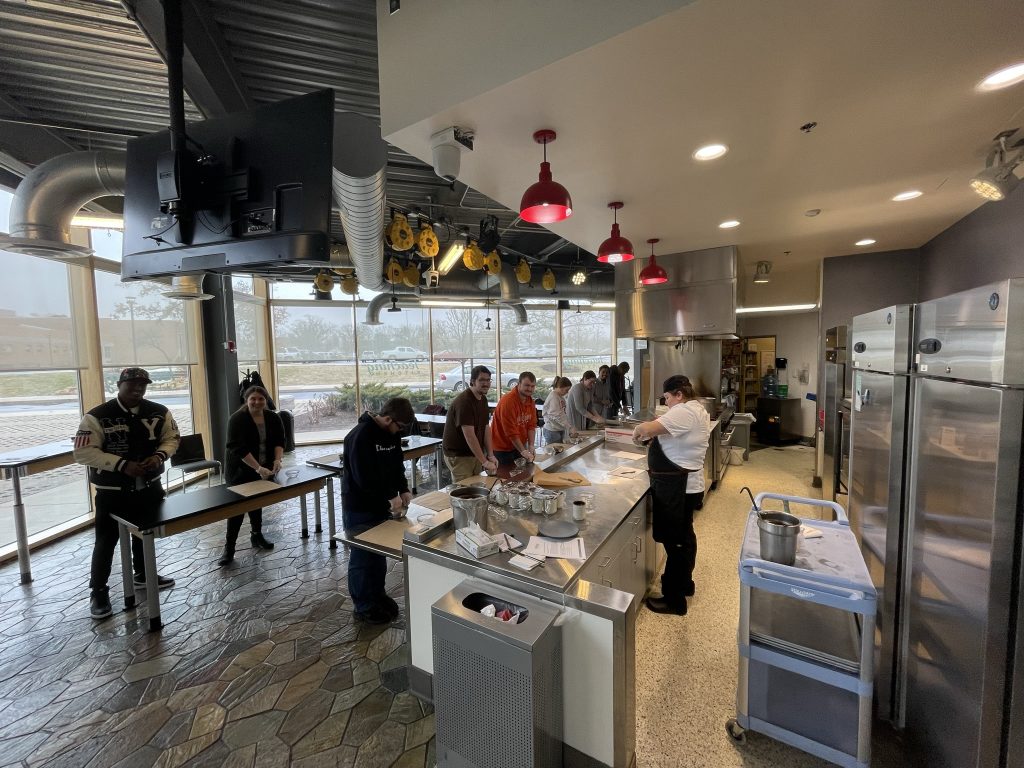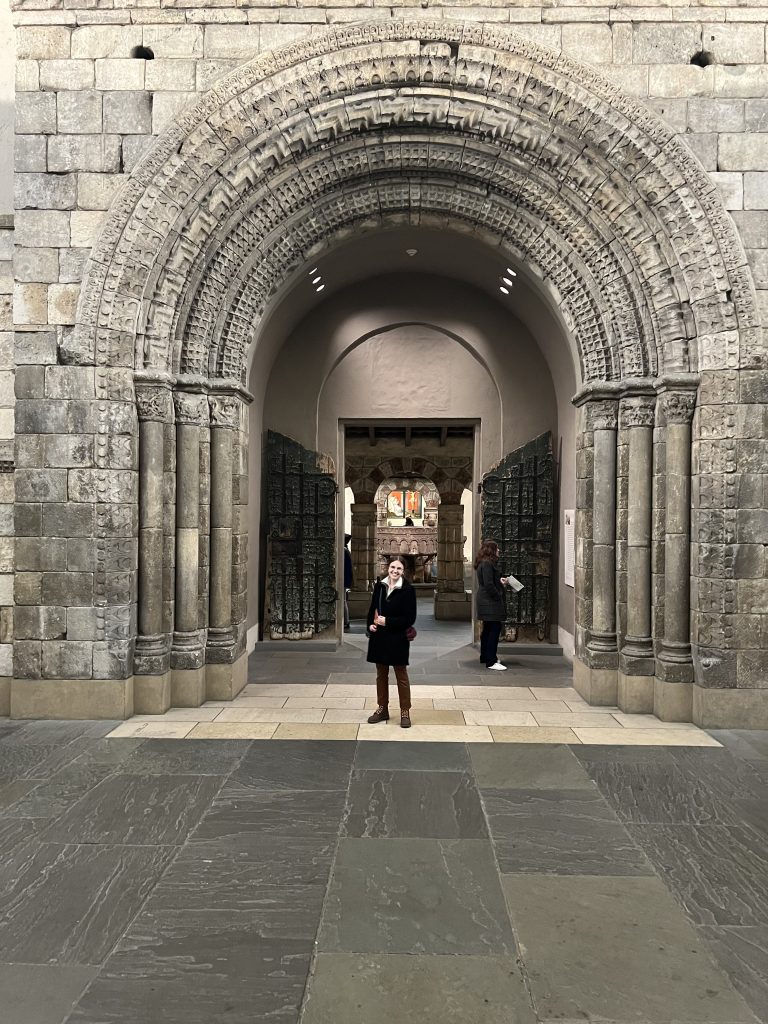Tags
Ancient History, BGSU History, BGSU Study Abroad, Casey Stark, Jo Enger Arthur Scholarship for Study Abroad, Roma Aeterna, Rome, Undergraduate
By: Dr. Casey Stark, BGSU Associate Teaching Professor, Roma Aeterna Summer 2023 Instructor
This experience began several years ago with BGSU’s encouragement of faculty to lead short education abroad programs, and the idea, “Why not study Roman history in Rome?”.
As a historian of Ancient Rome, I’m fully cognizant of how difficult it is to wrap our heads around the history and geography of a city that was founded – at least according to the Romans – in 753 BCE and over the centuries grew to a capital of approximately one million people and the center of an empire. With the increase in digital technologies, it has become easier to provide students with a more comprehensive idea of the evolution of the city’s development, expansion and building projects, and what living in ancient Rome would have been like, but this education abroad experience took things up a level (or two or three).
Continue reading





